Advantages and Disadvantages of NanotechnologyDefinition of NanotechnologyThe word "nanotechnology" has recently received much media attention. Nanotechnology has been hailed as the next scientific revolution, with promises of, among other things, faster computers, cancer treatments, and answers to the energy issue, but what does "nanotechnology" actually mean? Can it deliver on all of these promises? The National Nanotechnology Initiative's (NNI) official definition of nanotechnology is Understanding and manipulating matter at scales between 1 and 100 nanometers, where peculiar occurrences allow for new applications, known as nanotechnology. Nanotechnology, which includes nanoscale science, engineering, and technology, entails seeing, calculating, modeling, and controlling materials at this tiny size. Three Fundamental Ideas Sum Up the Nano Technology Definition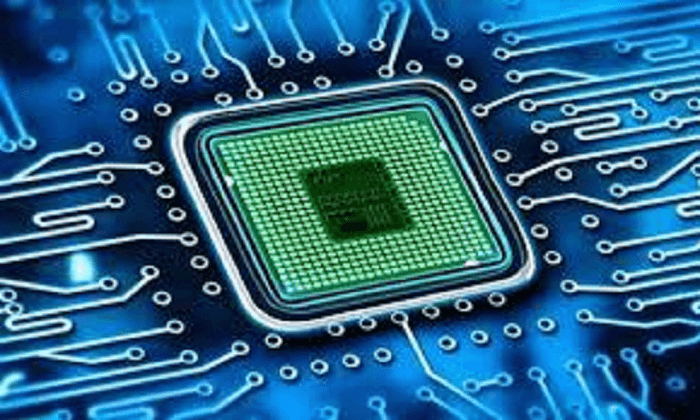
1. Nanotechnology is Tiny When anything is on the nanoscale, at least one of its dimensions ranges from 1 to 100 nanometers (nm). When objects are this tiny, neither human eyes nor a standard light microscope can effectively view them. To examine materials on the nanoscale size scale, scientists had to create specialized equipment, such as scanning probe microscopes. Some substances, such as silicon atoms or water molecules, have always existed on the nanoscale. However, recently researchers have been able to synthesize and manipulate materials common at the macroscale to this size using new tools and processes, such as TiO2 particles. 2. Materials May Act Differently and Unexpectedly at the Nanoscale Many everyday materials have peculiar nanoscale characteristics, such as reduced electrical resistance, lower melting temperatures, or quicker chemical reactions. For instance, gold (Au) is bright and yellow at the macroscale. The gold particles do, however, look red when they are 25 nm in size. The gold particles appear a different color because the smaller particles' interactions with light are different. Gold can appear red, yellow, or blue depending on the size and shape of the particles. Sunscreens are another instance of nanoparticles that seem distinct from the matching macroscale substance. For a long time, sunblocks and sunscreens have contained titanium dioxide (TiO2). It is one of the components that gives creams their apparent white hue because TiO2 nanoparticles seem transparent; manufacturers are increasingly employing nanoparticles to make clear lotions and gels. When materials are on the nanoscale, other characteristics can also change. For instance, soda cans are made of bright, malleable metal aluminum (Al). Aluminum particles are explosive and highly reactive at the nanoscale because they have a larger surface area than larger particles; nanoparticles are more reactive. 3. To Create Novel Technologies, Researchers Strive to Take Advantage of These Unique and Unexpected Characteristics Researchers from various fields seek to develop a wide range of new goods by leveraging these new behaviors, from commonplace items like lighter tennis rackets and antibacterial socks to cutting-edge solar cells, quicker computers, and disease-specific medicinal therapies. Many engineers and scientists believe that there are many possibilities. Does the iPod Nano Represent Nanotechnology in Some Way?Products improved by nanotechnology are already available on the market. However, not every item with the designation "nano" uses nanotechnology. Some firms use the prefix "nano-" to tell potential customers how small their particular items are compared. Additionally, they want to profit from the excitement and commotion surrounding nanotechnology. As an illustration, Indian automakers debuted the Tata Nano: The designers chose the moniker " Nano " to convey to potential customers the car's use of "advanced technology" and its diminutive size, even though it is undoubtedly not on the nanoscale. There are other options available in the market right now. Estimates of the Global Nanotechnology Market's ValueWithin 15 years, the worldwide market for goods based on nanotechnology is expected to approach US$1 trillion, according to the US National Science Foundation. The US National Nanotechnology Initiative's budget increased from US$116 million in 1997 to a requested US$849 million in 2004. Paul Miller, a senior researcher at the British policy research organization Demos, stated in 2002 that "already, roughly one-third of the research budgets of the biggest science-based firms in the US is going into nanotech." Advantages of Nanotechnology1. It Resulted in a Significant Change in Electronic Goods Most of the electronic goods that we use today are produced using nanotechnology. Nobody could have predicted that a device with thousands of memory cells would only be a few millimeters in size. The intricate circuitry has finished the chip's function and made it portable so that users may transport any electronic device from one location to another. Nowadays, we do even sophisticated calculations on a little smartphone rather than using supercomputers for basic calculations. 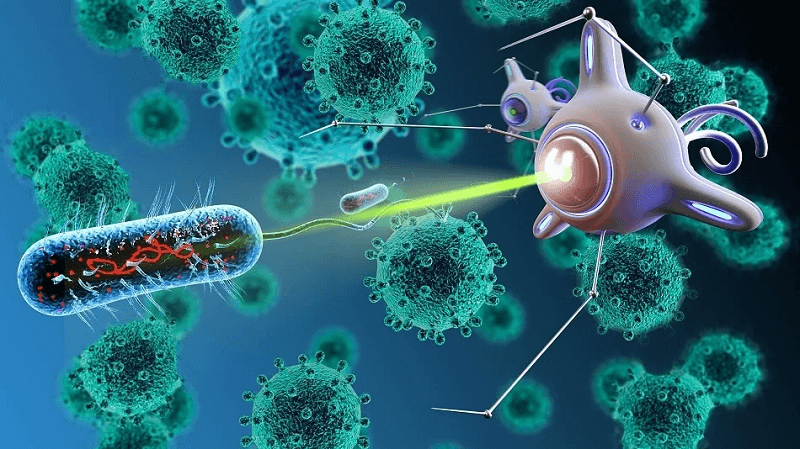
2. Nanotechnology has Greatly Enhanced Medical Fieldwork Enhanced medical fieldwork, which is a blessing for the medical industry. Utilizing nanotechnology to its fullest potential, the medical field has created several medications to treat previously incurable illnesses like cancer. The condition may now be easily identified, and the methods for treating it are likewise readily available. Therefore, nanotechnology is beneficial to the medical industry. Drugs made using nanotechnology can be made to connect only to certain biological targets. These specially formulated drugs wouldn't affect healthy tissue; they would only affect the targeted, particular sick tissue. These medications would also be individualized and created for a particular person with a particular ailment. Not only would this eliminate the trial-and-error process of using prescription drugs, but it would also decrease the amount of real medication, giving out fewer side effects and a faster physiological reaction. 3. Benefits for Manufacturing Modern manufacturing concerns need nanoproducts like nanotubes, nanoparticles, etc., that are resilient, powerful, and lighter than equivalent products made without nanotechnology. As a result, the production environment has transformed and become considerably more favorable to them thanks to nanotechnology. 4. Energy Production The field of energy production has benefited greatly from nanotechnology. Batteries, cells, and other energy-efficient storage technologies have been widely used. These have proven to be energy-saving technologies that have improved human lives. The methods through which humans produce and consume energy may change due to nanotechnology. New ways of producing and storing energy will become possible thanks to nanotechnology. Nanotechnology is particularly likely to increase the affordability of solar energy by lowering the cost of producing solar panels and accompanying machinery. As a consequence, energy storage devices will operate more effectively. 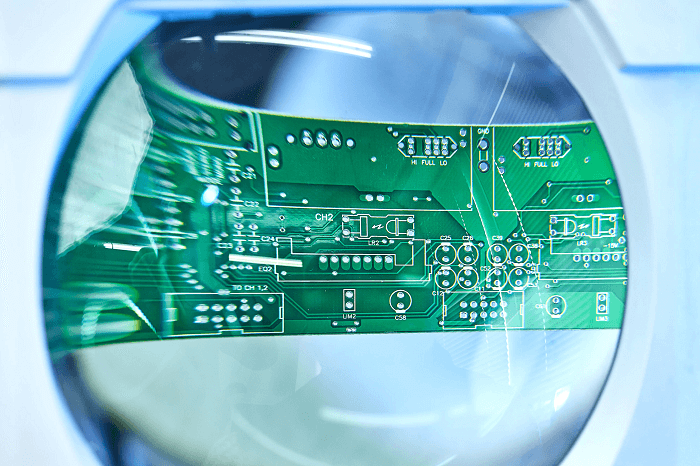
5. It is Feasible to Cure Illnesses to a Large Extent Now nanotechnology has made significant contributions to this sector. The treatment of several incurable diseases and illnesses has involved the use of various tools and equipment. With the use of nanotechnology, the condition may be quickly diagnosed. After a diagnosis, it is much simpler to treat the illness and aid in the patient's quick recovery. 6. Nanotechnology in Computing and Electronics Nanotechnology has the potential to transform the electronics industry. For instance, quantum dots are extremely small light-producing cells that may be utilized for display screens or lighting. Millions of components can already be found on silicon chips. Still, as technology advances, circuits are so tiny that if a molecule is out of position, the circuit won't function as intended. Nanotechnology will make it possible to build circuits precisely at the atomic level. 7. Coatings Made of Nanoparticles Traditional prostheses can increase their lifespan with nanoparticle coatings. It is often carbon-based for this coating to remain neutral to the body. Such a coating would shield a prosthesis from the body's rejection and eventual destruction. Long-term costs to amputee patients would be lower since the prosthesis would last longer. 8. Easily Accessible Large and Impractical Diagnostic Tools Many formerly large and impractical diagnostic tools are now easily accessible to critically ill individuals and may be used to diagnose their condition. Nanotechnology is frequently used in the diagnosis and treatment of hidden diseases. Disadvantages of NanotechnologyWe are using nanotechnology more frequently these days, which suggests that it has many benefits. It is utilized in various products, including electronics, clothing, food, packaging, lighting, and healthcare. However, despite all the good that science can produce, there is always the possibility of constructing evil. A system of checks and balances has been set up to avoid improper scientific capabilities and research management. Despite the benefits and advancements that nanotechnology brings to the world, there are still some serious disagreements about how widespread it should be. The potential risks and drawbacks of it have thus recently been anticipated by the world. While improving living conditions, nanotechnology has also led to a rise in pollutants, including air and water contamination. Nano pollution is the term for contamination brought on by nanotechnology. For living things, this form of pollution is extremely harmful. Here, only a few drawbacks of nanotechnology are discussed. 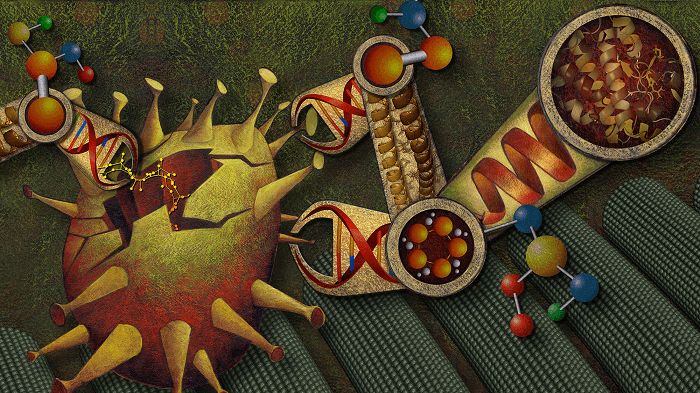
1. Negative Environmental Impact As nanotechnology has developed, pollution has risen due to the nanoparticles created while producing numerous pharmaceuticals, atomic bombs, and other items. As a result, nanotechnology has a significant effect on the environment. In addition to humans, other animals living in these environments have also been impacted by numerous diseases. 2. Decreased in Employment Because of advances in science and technology, the need for human labor has significantly decreased. As a result, many individuals have lost their jobs due to technology taking their positions. Engineering nanotechnology has expanded the capabilities of machines and eliminated labor-intensive jobs, particularly in the realm of chemistry. Like earlier innovations, nanotechnology is projected to have a significant impact on a variety of industries. Although the first nanotechnology-enabled products may be pricey luxury or niche goods, as availability grows, more and more markets will be affected. Some materials and technology may become dated, forcing businesses specializing in such fields out of business. Nanotechnology-driven modifications to the production process might lead to employment losses. 3. Economic Imbalance Due to the introduction of several alternative sources that are more effective and don't require any fuel, the economy has had to deal with fluctuations as the value of resources like oil, diamonds, and many others have decreased. 4. Health Problems The possibility for widespread contamination over time. Inhaled nanoparticles may accumulate in the brain and lungs, significantly raising inflammatory and stress-related biomarkers. They might probably have widespread negative consequences on people's health in the future who utilize them as consumers. Nanotechnology scientists have refuted some of the more ludicrous dystopian future predictions. The so-called "grey goo" scenario, in which self-replicating nanobots consume everything in their path to create copies of themselves, was once a hot topic but is no longer seen as a real danger. However, there may be unfavorable environmental consequences since nanotechnology can produce new poisons and pollutants. We need to understand nanotechnology, which makes it challenging to create. We know that nanotechnology enables the fabrication of materials, but we still need to pause and consider how the development of these items will affect the nanoscale. 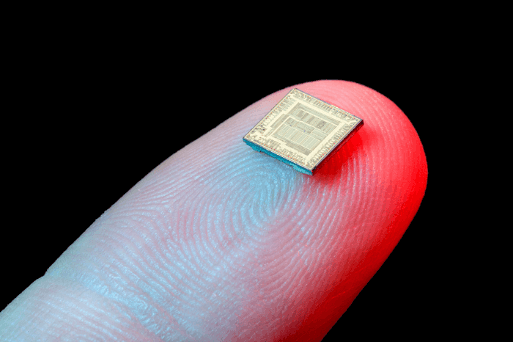
5. Weapons that are Dangerous and Easily Accessible Many weapons made possible by nanotechnology are dangerous and susceptible to human error. When Nagasaki and Hiroshima experienced the nuclear bomb, leaving everyone vulnerable, that was one such risky day. Today, nations deploy a variety of weaponry to increase their strength. A nation may now easily build and employ weapons like atom bombs to destroy its adversaries, thanks to nanotechnology. The potential for minuscule recording devices that are essentially undetected is increased by nanotechnology. More gravely, nanotechnology may be turned into a weapon. Atomic weapons would be simpler, and new weapons may also be produced. One potential is the so-called "smart bullet," a computerized projectile that might be directed and aimed very precisely. These advancements might benefit the military, but if they ended up in the wrong hands, the results could be disastrous. 6. Costly Although nanotechnology benefits medical, engineering, and material science disciplines, it is pricey due to the high cost of the raw materials needed to run the technology. As a result, purchasing technology as a whole becomes expensive for the average person. 7. Negative Effects on People's Health Nuclear emissions of dangerous gases significantly negatively influence people's health. Examples of atomic strikes that have negatively impacted people's health include Hiroshima and Nagasaki. Ailments caused by nuclear reactions are still present in the younger generation. 8. Practical Problems Additionally, nanotechnology brought up certain real-world issues. Everything that has to be created from bulk materials, like coal or petroleum, might provide practical issues. The little companies that produced the byproducts of huge materials were destroyed by nanotechnology, which is the primary cause of the absence of coal and petroleum byproducts on the market. 9. Risky Working with nanotechnology is also highly dangerous; producers must pay a lot of money to create nanotech factories. If the items they produce meet client expectations, they will experience a significant loss. The cost to the makers would be twofold, making it impossible to recoup the initial goods. The product's maintenance costs are likewise quite expensive. 10. Fall of Certain Markets Because of the poor value of diamonds and oil, higher development and instantaneous performance have also accelerated the decline of some markets. Because alternatives are more effective and don't utilize fossil fuels, their availability has reduced demand. Diamonds are being mass manufactured thanks to nanotechnology, which has reduced their value. People and manufacturers currently produce most items at the molecular level, and new components are produced during the breakdown. |
 For Videos Join Our Youtube Channel: Join Now
For Videos Join Our Youtube Channel: Join Now
Feedback
- Send your Feedback to [email protected]
Help Others, Please Share










